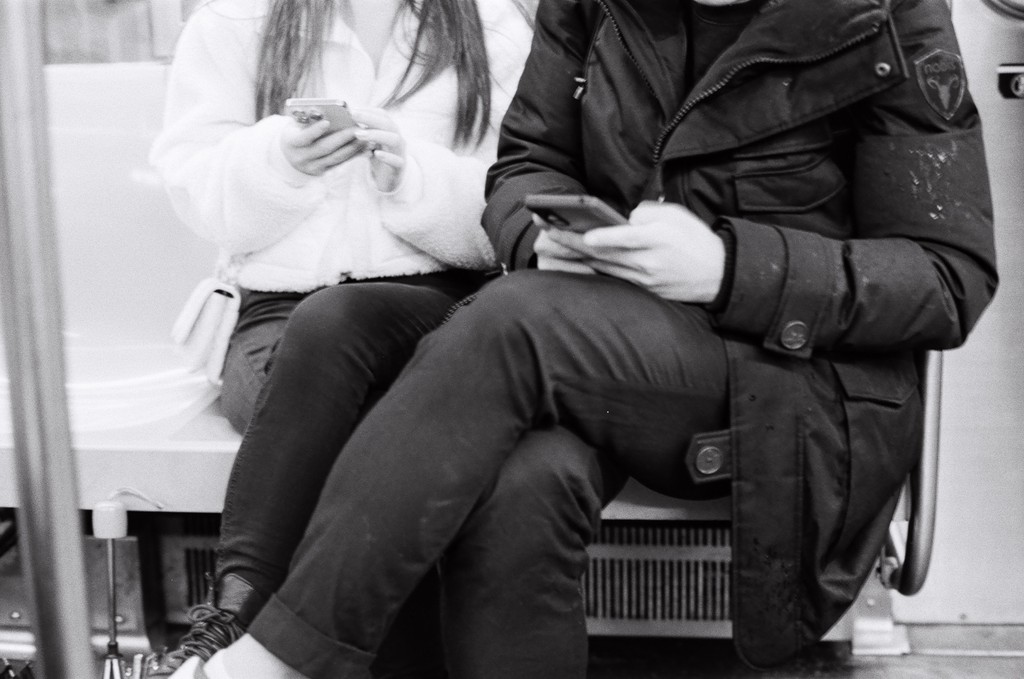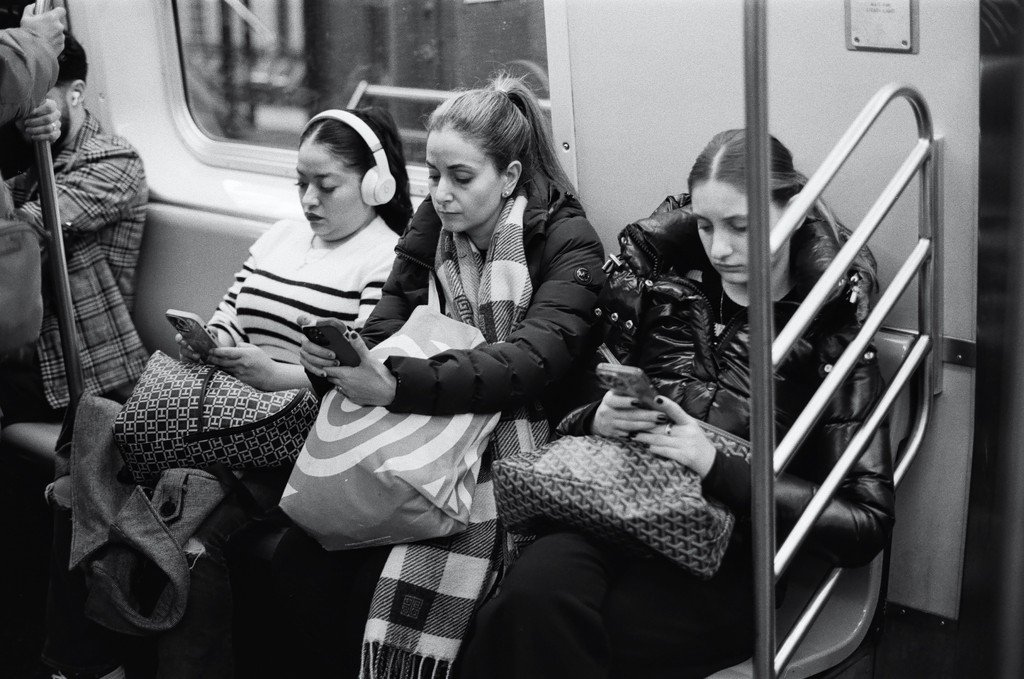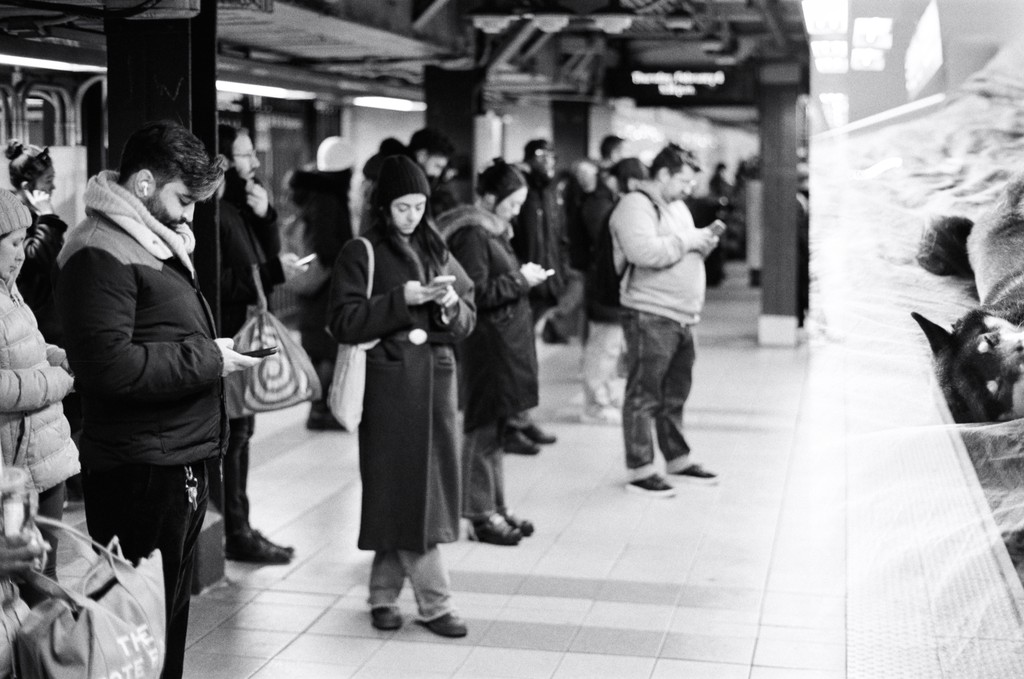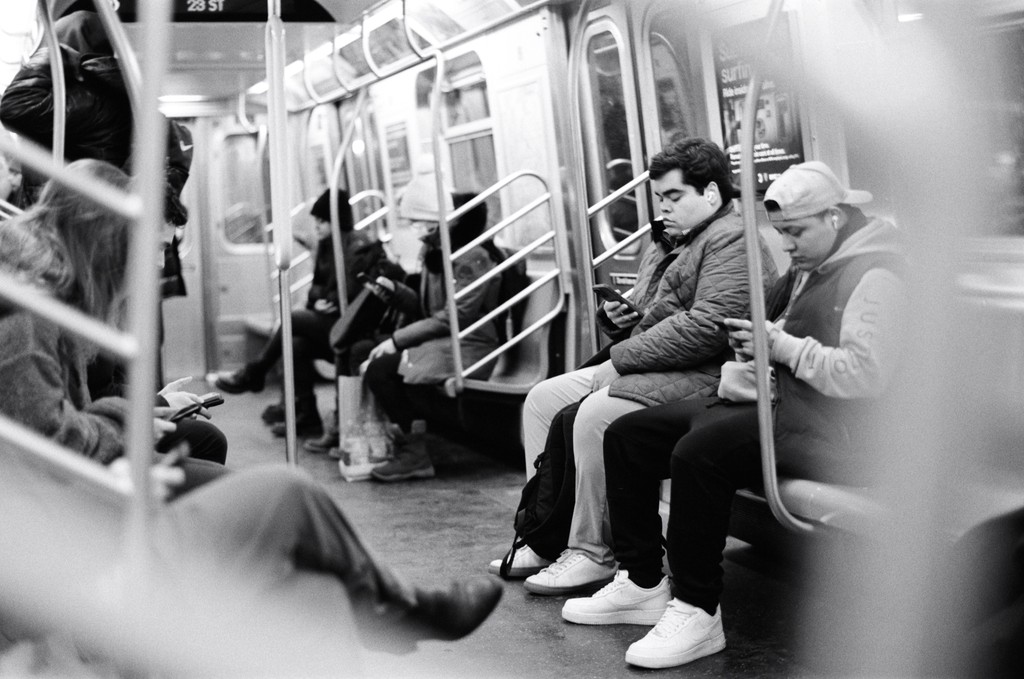The Art of Productive Boredom
Table of Contents
I’ve been thinking a lot about boredom lately—specifically, how we’ve become so good at avoiding it. We reach for our phones at the slightest hint of downtime, filling every possible moment with scrolling, tapping, and consuming. It’s as if we’ve collectively decided that being alone with our thoughts is some kind of punishment to be avoided at all costs.
We don’t value our attention the way we should. Instead, we let it be captured and monetized by social media platforms, news feeds, and endless notifications. We live in a world where our attention is the most valuable currency, yet we squander it on mindless distractions that do little to enrich our lives.
But here’s the thing: I’ve noticed that my best ideas rarely come when I’m actively trying to have them. They appear when I’m walking my dogs, taking a shower, or just staring out the window. They show up when my mind has the space to wander, free from the constant bombardment of information.
I’ve written before about learning to love boredom, but I think there’s a distinction worth making between boredom that leads nowhere and boredom that becomes the fertile soil for creativity and insight. Let’s call the latter “productive boredom.”
The Subtle Art of Doing Nothing #
Productive boredom isn’t about mindlessly scrolling Instagram—that’s just distraction dressed up as boredom with a hit of dopamine to keep you engaged. True productive boredom happens when you allow your mind to drift without a specific destination. It’s a state where you’re not consuming or producing anything; you’re just… being.
I find I often get into this state when taking my dogs for walks (when I’m not plugged into podcasts or music). The simple act of putting one foot in front of the other creates a gentle rhythm that allows my thoughts to flow more freely. I’ve solved more challenging coding problems while walking than I ever have while actually sitting at my computer.
Next time you ride the subway, try looking out the window instead of at your phone. Make eye contact with a stranger. Contrary to popular belief, this is not a rude thing to do on the NYC subway, it’s merely a basic human interaction that helps you connect with the world around you. You might be surprised at how many interesting thoughts come to mind when you’re not glued to a screen.
If you can get through an entire subway ride, a walk, or even a flight without looking at your phone once, then hats off to you, but I suspect most will struggle with this simple task. I know in New York City at least many people find themselves checking their phones frequently even during short journeys.

Doing nothing has become a skill that few are practicing, and even fewer have noticed that they’re addicted to the constant stimulation. We crave vacations and trips and fancy dinners and yadda yadda, but nobody seems to crave the simple act of just being–and learning to enjoy what you have right here where you are.
Why Boredom Works #
Our brains operate in different modes. When we’re focused on a task, our attention is narrowed. This is great for execution but terrible for innovation. Productive boredom activates what neuroscientists call the “default mode network”—a state where different parts of the brain start talking to each other in new ways.
In this state, your brain can make connections between seemingly unrelated concepts. That’s why you might suddenly solve a problem you’ve been stuck on for days while taking a shower. Your brain was working on it in the background all along.
There are different ways to get into this state. Some people meditate, while others do yoga or engage in creative hobbies. Some find altered states of consciousness through substances like LSD or psilocybin can create similar connective thinking, though I think the simplest approach is simply practicing boredom. Let your mind wander without the constant pull of notifications and distractions. Care less what other people say, do, think, and so on, and simply be.
The Myth of Constant Productivity #
We’ve been sold this idea that every moment must be optimized for productivity. This, to me, seems unnatural and short-sighted. Our brains aren’t meant to operate at maximum capacity at all times. They need periods of rest and wandering to function properly.
I suspect that if you look at truly creative people throughout history, you’d find they all had plenty of “unproductive” time built into their days. They weren’t answering emails or checking Twitter every five minutes. They were staring at walls, taking long walks, or just thinking.
How I Practice Productive Boredom #
I’m not perfect at this—far from it. I still reach for my phone more often than I’d like to admit. But I’ve developed some practices that help me cultivate productive boredom:
- I leave my phone at home when walking my dogs. This forces me to just be present with them and my surroundings.
- I’ve deleted essentially all social media accounts and apps. I have a LinkedIn account strictly for practical purposes (apparently people don’t believe you’re a real human unless you have one), but I don’t use it. Since doing this, I’ve noticed my anxiety levels have dropped significantly, and I find myself more engaged in meaningful work rather than constantly comparing myself to others online.
- I try to build in “staring time” before and after periods of focused work—just a few minutes to let my mind wander. I’m not afraid to pause and do nothing for a few minutes if I feel my mind wandering during a task. I find it helps me refocus and often leads to new ideas.
- I keep a notebook handy to jot down ideas that come during these periods of boredom.
The hardest part is pushing through the initial discomfort. When you first try to embrace boredom, it feels… well, boring. Uncomfortable. Your brain craves the dopamine hit of checking your phone. But if you can push past that initial resistance, something interesting happens: your mind starts to generate its own entertainment in the form of ideas, connections, and insights.
Once you make it over that initial hump, you’ll soon realize how much less anxiety you feel when you’re not constantly checking your phone, waiting for that text or notification that never comes. You’ll find yourself more present in reality, more engaged with the world around you, and more open to the ideas and insights that come from simply being bored.
The Upside of Downtime #
I think we’ve lost something important in our constant quest to fill every moment with content. We’ve lost the space between things—the emptiness that allows for reflection and insight.
Productive boredom isn’t laziness; it’s a different kind of productivity. It’s creating the conditions for insights that can’t emerge any other way. It’s giving your subconscious mind the space it needs to do its best work.
So the next time you feel that itch to reach for your phone when you have a free moment, try resisting it. Let yourself be bored. See what comes up. You might be surprised at what your mind can do when you’re not busy filling it with other people’s thoughts. Train yourself to stop reaching for your gadget at the first hint of boredom. Instead, embrace the discomfort and let your mind wander.
After all, in a world designed to capture and monetize your attention at every turn, choosing boredom might be one of the most radical acts of self-preservation you can practice.





